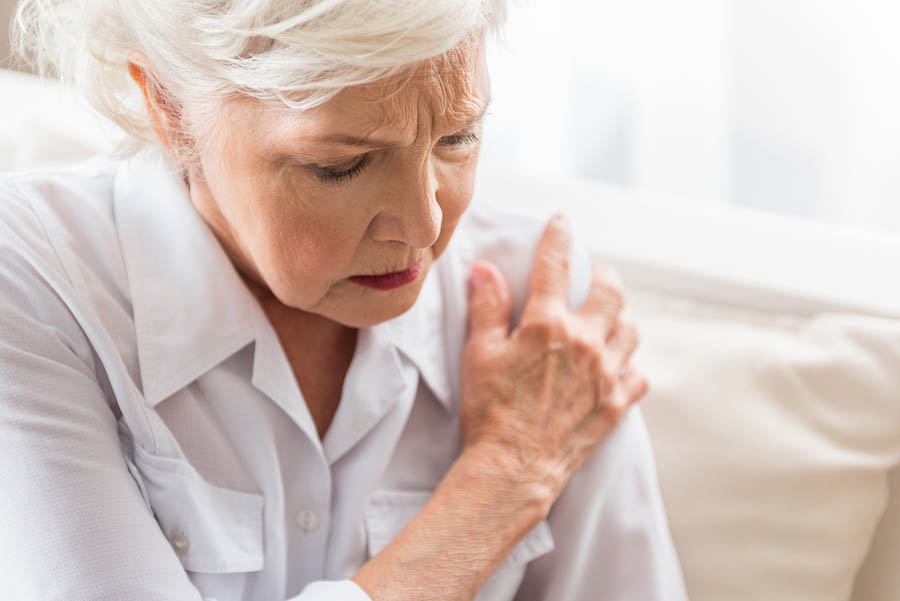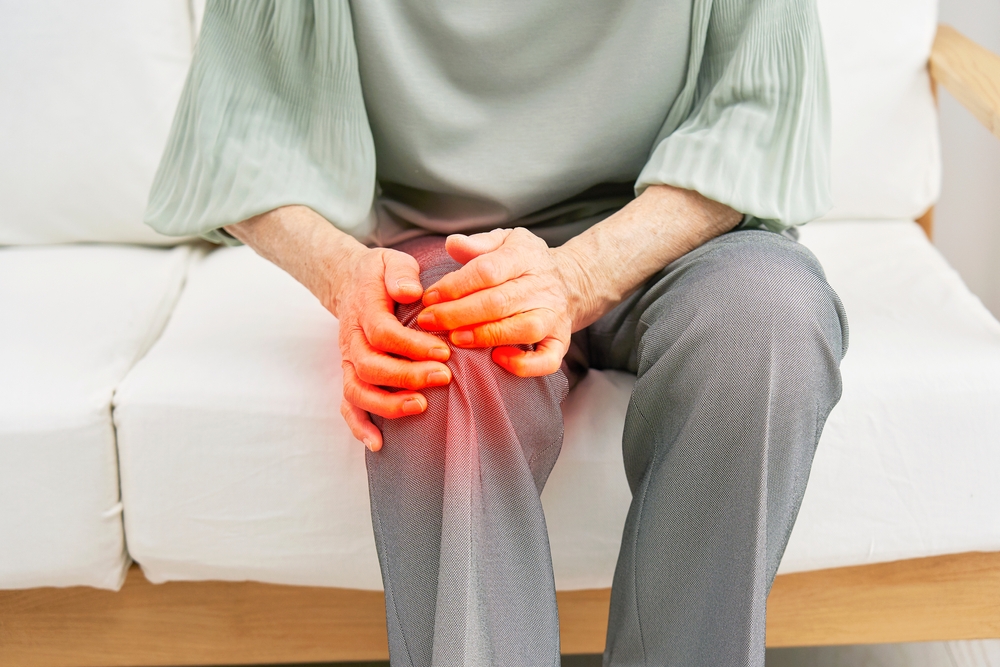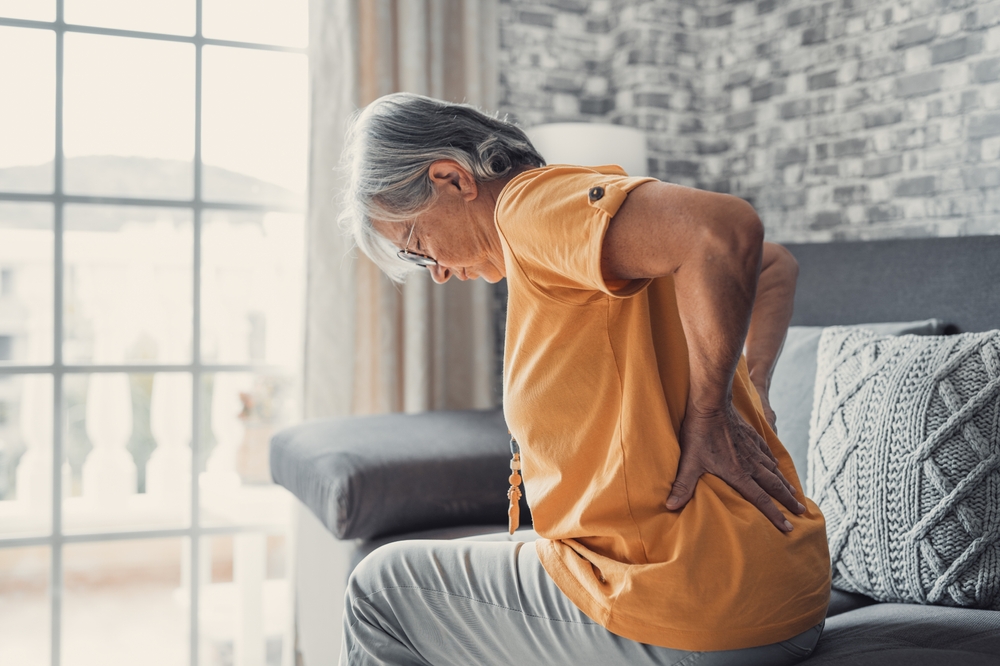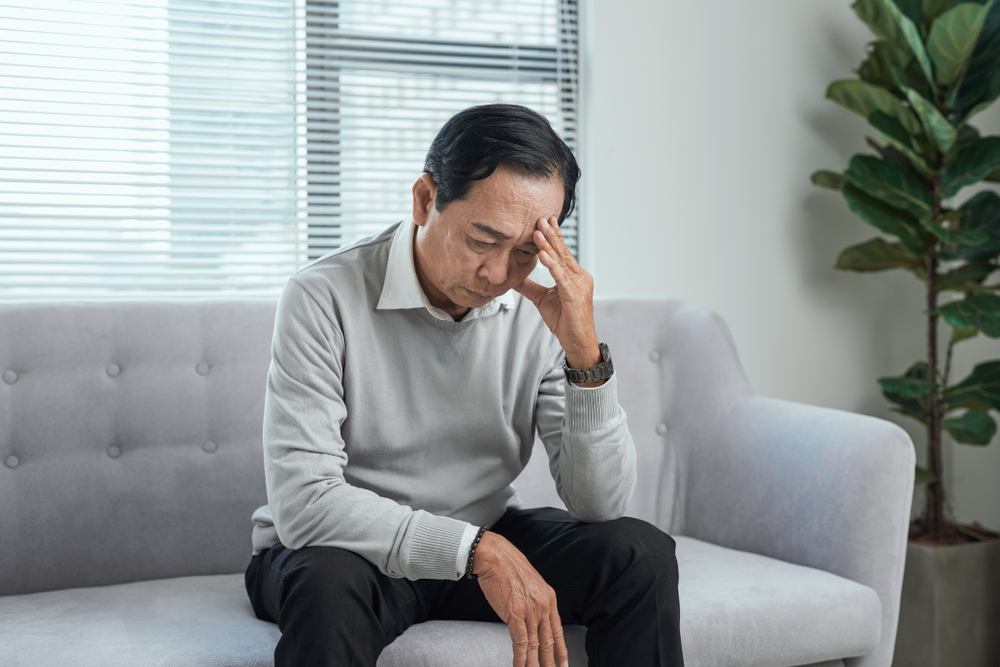Shoulder and Upper Back Pain in Elderly Adults

As you age, it may seem like you have aches and pains in all sorts of places, but shoulder and upper back pain in elderly adults are two of the most common complains when it comes to pain. The good news is that there is treatment that can help.
What Causes Shoulder and Upper Back Pain?
There are a couple of things that can cause this type of pain in seniors: rotator cuff issues such as a rotator cuff tear or tendinopathy, arthritis, and adhesive capsulitis, which is known as frozen shoulder.
Any of these conditions can cause severe upper back pain in elderly. A rotator cuff injury in elderly can cause pain when lifting arm or shoulder pain when raising arm.
Unlike younger adults, seniors usually end up with a rotator cuff tear due to a fall or a degenerative condition such as arthritis.
What Is Your Rotator Cuff?
Your rotator cuff is part of your shoulder. You may not think about it very often, but this part of your body does a lot. It allows you to lift things, play tennis, and even brush your teeth. In addition, it protects your shoulder joint and is why you can lift your arms over your head.
The rotator cuff is part tendons and part muscles that protects the head of your upper-arm bone in your shoulder’s socket.
When there is a tear to the rotator cuff, either from an injury or arthritis, you will experience pain in your upper back or shoulder pain when lifting arm sideways.
Back Exercises for Elderly
If your loved one is experiencing back or shoulder pain, there are back-strengthening exercises for elderly that will help with the pain, but first you will want to see your doctor to determine how serious the condition or injury is.
Depending on what the doctor has to say, you will either be sent to a physical therapist for treatment or be given some exercises you can do at home. Most of the time, it may be a combination of both.
Most rotator cuff exercises for elderly will begin with a warm up. This is often a low-impact activity such as walking in place. This should be done for 5 to 10 minutes. Afterwards, you’ll want to do some stretching. Keep in mind that you shouldn’t feel pain, such as shoulder pain when lifting arm, when you move on to the exercises.
If you feel pain, stop what you are doing and contact your doctor or physical therapist for instructions.
Unfortunately, aches and pains are a part of growing older. This is especially true of back pain in elderly, but you don’t have to simply suffer. See your doctor so the exact issue can be determined, and then follow the care treatment plan and exercises that are subscribed. You’ll find that you’ll feel better and be able to get back to your normal activities sooner rather than later.
Subscribe
Date: July 19, 2018


